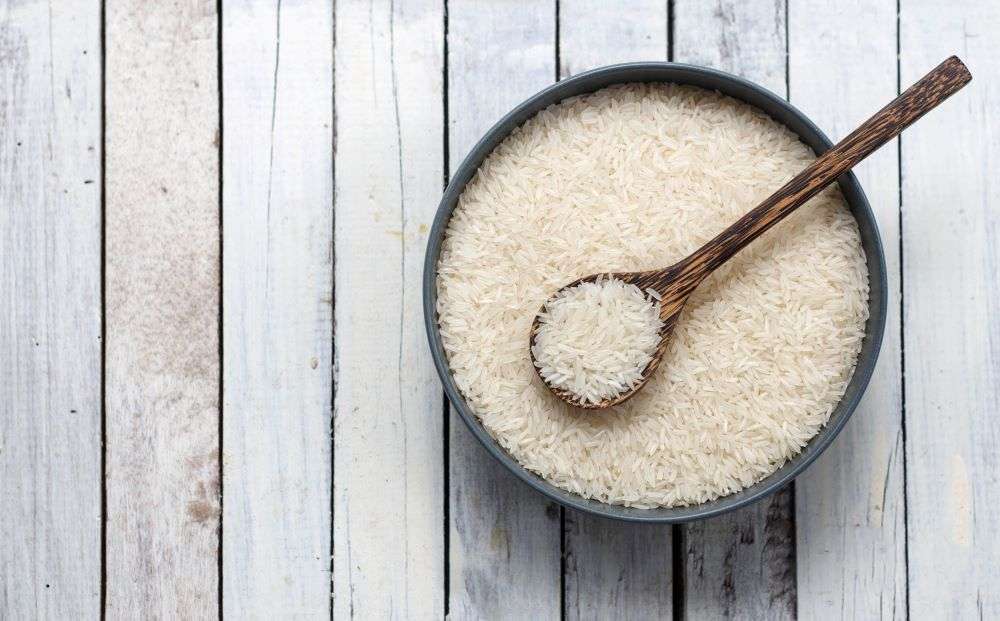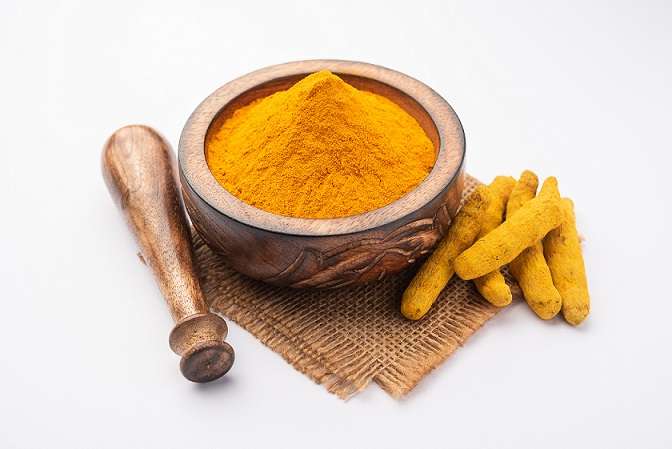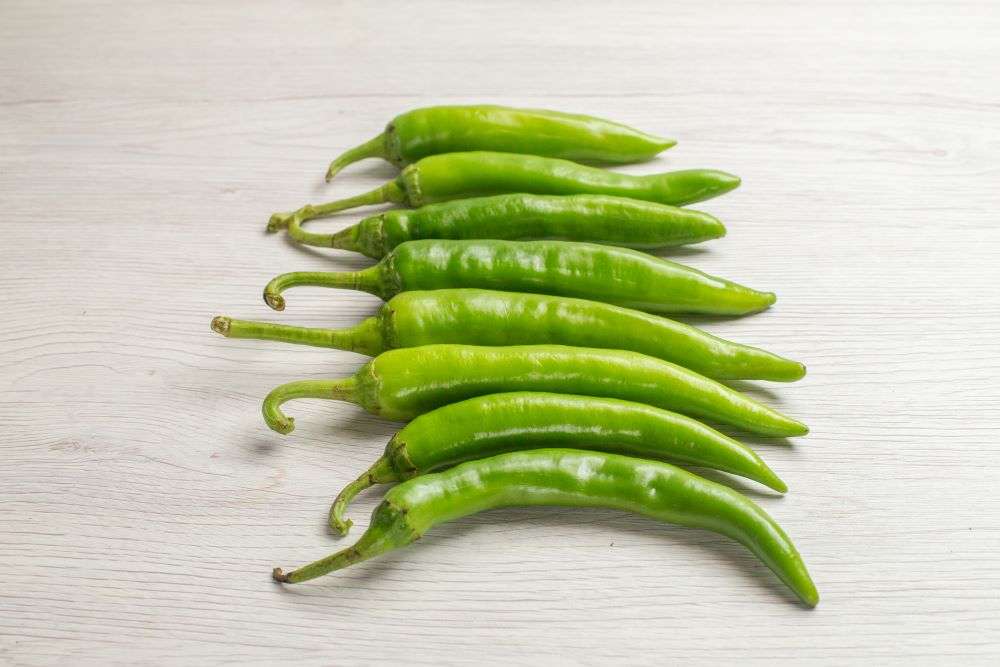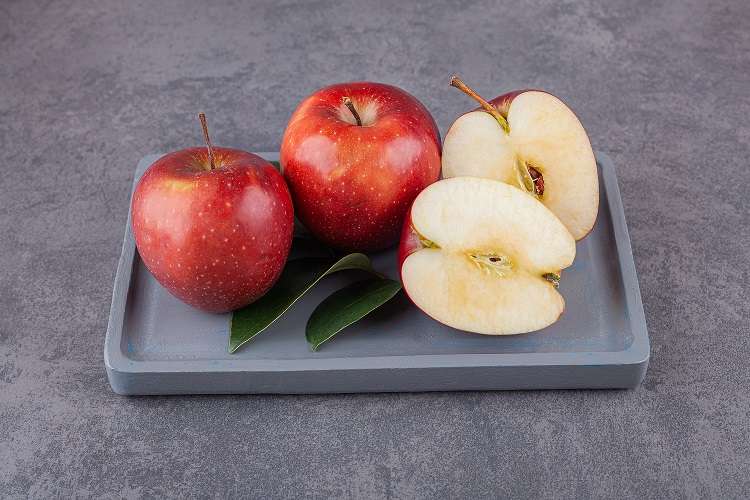India, the world’s largest rice exporter, contributes significantly to global food security. With its diverse varieties, versatile applications across industries, and a robust export network, Indian rice continues to leave its mark worldwide. Let’s explore the ideal seasons for exporting rice, varieties in demand, their usage across sectors, and the dynamics driving this industry.
Best Seasons for Rice Export
Rice production in India is tied to its monsoon-driven agricultural calendar. The country’s two main growing seasons ensure year-round availability for export:

- Kharif Season (June–November): As the primary rice-growing season, cultivation begins with the monsoon. Aromatic and premium rice varieties like Basmati are cultivated during this period. The harvest in October-November ensures a bulk supply for global markets before year-end.
- Rabi Season (November–April): This season, more prominent in southern states like Tamil Nadu and Andhra Pradesh, caters to the cultivation of short-grain, non-aromatic varieties. Non-Basmati rice varieties such as Sona Masoori are in high demand after this harvest.
- Export Timelines: Post-harvest periods for both seasons mark peak export activity. For instance, Basmati rice sees high demand in Q4 and early Q1, while non-Basmati varieties experience a steady year-round demand.
Rich Varieties of Indian Rice and Global Preferences
India’s rice portfolio reflects its regional and cultural diversity. Here are the key varieties and their market preferences:
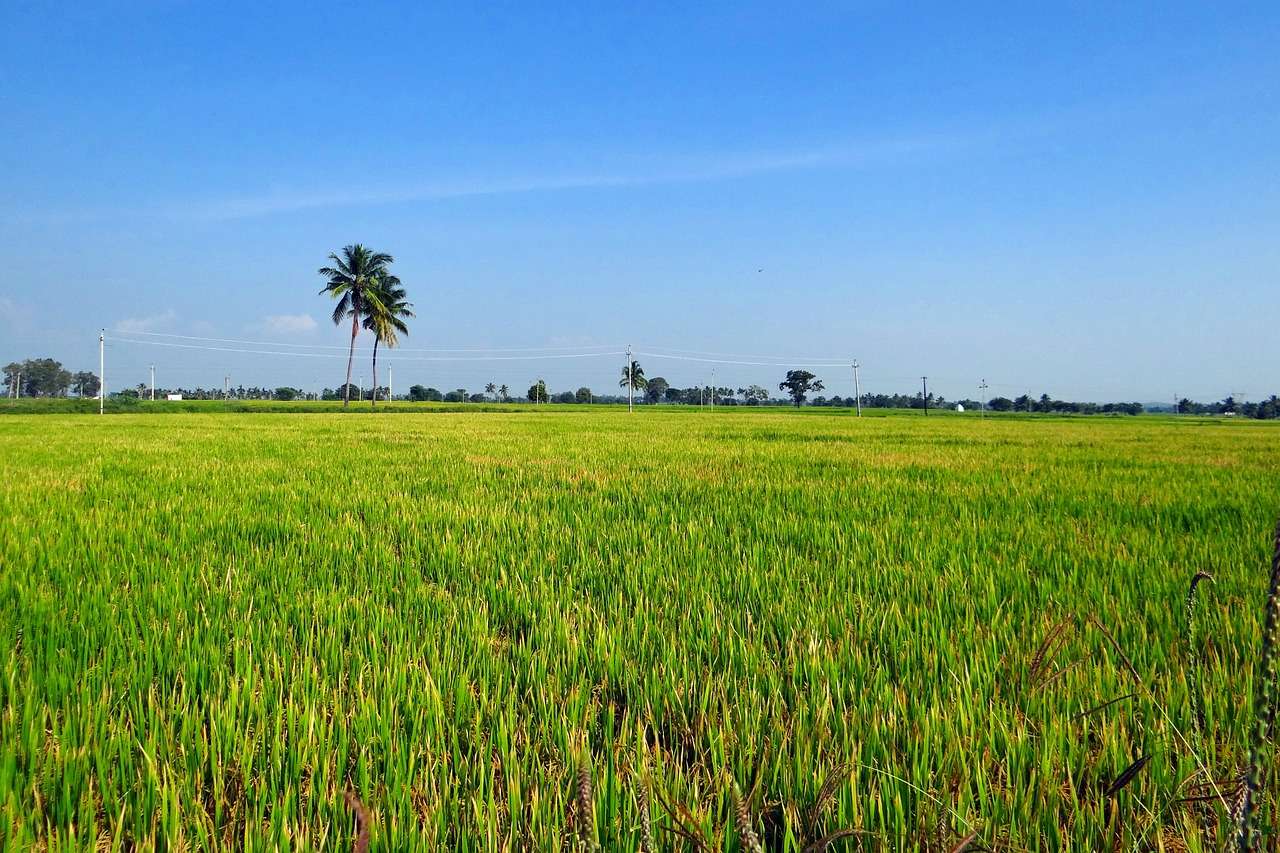
1. Basmati Rice:
- Exported to: Middle East (UAE, Saudi Arabia, Iran), Europe, and North America.
- Uses: High-end cuisines, biryanis, festive meals.
- Special Note: The Geographical Indication (GI) status for Basmati adds to its premium branding.
2. Non-Basmati Rice:
- Varieties: IR 64, Sona Masoori, Swarna.
- Exported to: African countries (Nigeria, Senegal, South Africa), Indonesia, and the Philippines.
- Highlights: Cost-effective, versatile, and widely used in daily diets.
3. Parboiled Rice:
- Benefits: High nutritional value, easy to cook.
- Exported to: Bangladesh, Sri Lanka, and regions in the Middle East.
4. Sticky and Specialty Rice:
- Varieties: Red rice, Black rice, Jasmine rice.
- Exported to: Niche markets in Japan, the US, and Europe.
- Applications: Gourmet dishes and health-conscious meals.
5. Organic Rice:
- Exported to: US, European Union, Australia.
- Demand: Increasing among health-conscious and sustainability-focused consumers.
Sectors Driving the Industry
The Indian rice industry operates through a dynamic blend of traditional agriculture and modern trade mechanisms.
- Farmers: The backbone of the rice sector, millions of Indian farmers cultivate rice on over 43 million hectares of land, adapting to both rainfed and irrigated conditions.
- Mills and Processors: Advanced rice milling units ensure that export-ready rice meets international standards, blending modern technology with traditional techniques.
- Exporters: India’s rice exporters have mastered logistics and trade regulations, enabling India to be the largest global rice exporter, contributing to nearly 40% of the world’s total rice exports.
Global Demand: Why Indian Rice?
The world’s appetite for Indian rice has been on a steady incline, thanks to its quality, affordability, and versatility.
- Culinary Preference: Indian Basmati is a must-have for dishes like biryanis and pilafs, while non-Basmati varieties are staples for everyday meals.
- Economic Edge: Indian rice offers a competitive pricing advantage, making it the preferred choice for large-scale buyers in Africa, Southeast Asia, and the Middle East.
- Adaptability: Indian rice’s adaptability to different climates, cuisines, and dietary requirements cements its global appeal.
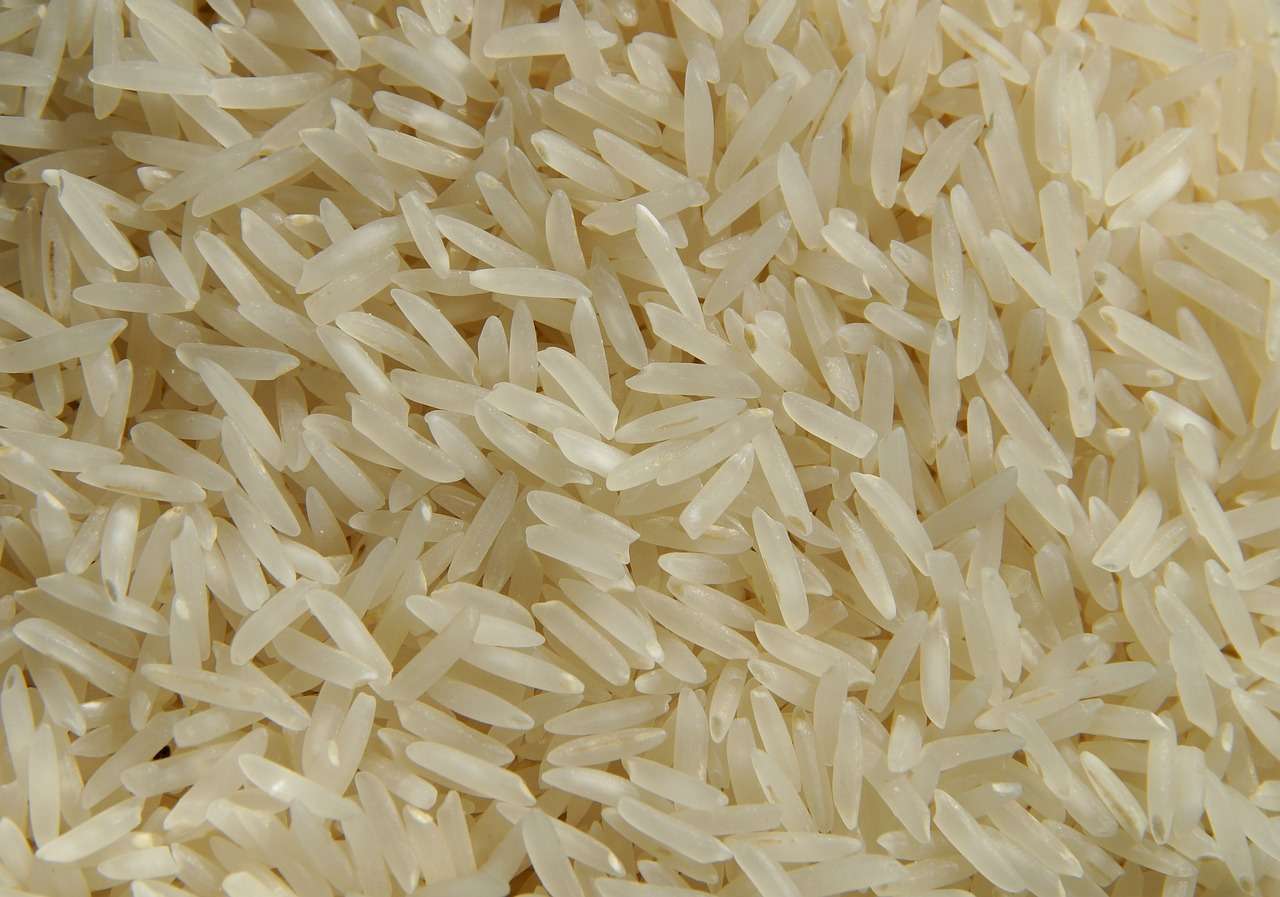
Global Demand and Usage of Rice in Different Sectors
Rice is an incredibly versatile grain that finds applications beyond food consumption:
1. Culinary Sector:
- Staple Food: Forms the backbone of diets in Asia, Africa, and Latin America.
- Processed Foods: Used in snacks, breakfast cereals, and baby food.
- Beverages: Key ingredient in drinks like sake (Japan) and rice wine (China).
2. Animal Feed:
- By-products like rice bran and husks serve as nutrient-rich feed for livestock and poultry.
3. Biofuel Industry:
- Rice husks are processed into sustainable biofuel for renewable energy.
4. Cosmetics and Skincare:
- Rice bran oil and rice water are incorporated into hydrating and anti-aging products.
5. Pharmaceuticals:
- Rice starch acts as a binder in tablets and is used in syrup formulations.
6. Construction Materials:
- Rice husk ash is a valuable component in producing eco-friendly cement and concrete.
Major Importers and Key Players
India exports rice to a diverse range of countries, catering to unique culinary and industrial needs:
Top Importing Countries:
- Indonesia: A significant importer of non-Basmati rice.
- Philippines: Prefers affordable rice for its national cuisine.
- Saudi Arabia: A key market for premium Basmati rice.
- United States: Imports organic and low-GI varieties for health-conscious consumers.
- China: A growing market, especially for parboiled rice.
Leading Importing Companies:
- Archer Daniels Midland Company (ADM): A major importer in the US, sourcing large quantities.
- Cargill, Inc.: Specializes in rice trade across various regions.
- RiceTec, Inc.: Focuses on specialty rice imports for gourmet applications.
India’s Competitive Edge
India’s dominance in the rice export market stems from several factors:
- Diverse Varieties: From aromatic Basmati to affordable non-Basmati options, India meets global needs.
- Cost Efficiency: Competitive pricing appeals to price-sensitive markets like Africa.
- Quality Assurance: Adherence to international standards ensures trust and reliability.
- Technological Innovations: Adoption of high-yield varieties and water-efficient techniques improves productivity.
Recent Developments in Rice Export

India retained its position as the world’s largest rice exporter in 2023, contributing 30.8% of the global rice export value, amounting to $10.5 billion. Following India, Thailand and Vietnam secured the second and third spots, with exports valued at $5.1 billion and $3.8 billion, respectively. Together, the top five rice-exporting countries—India, Thailand, Vietnam, Pakistan, and the United States—accounted for over 71% of the global rice trade. Asia dominated the market, with 78.2% of worldwide rice exports originating from the continent.
– World’s Top Exports
India’s rice export journey is a tale of resilience, innovation, and global connection. From nourishing families to powering industries, Indian rice epitomizes versatility and excellence. As global preferences evolve, India is well-positioned to remain a leader in the rice trade, ensuring that this humble grain continues to unite cultures and economies. Among the key contributors to this success, Indo Foods Export plays a crucial role in distributing Indian rice varieties to markets worldwide, making quality Indian rice accessible to millions globally.

